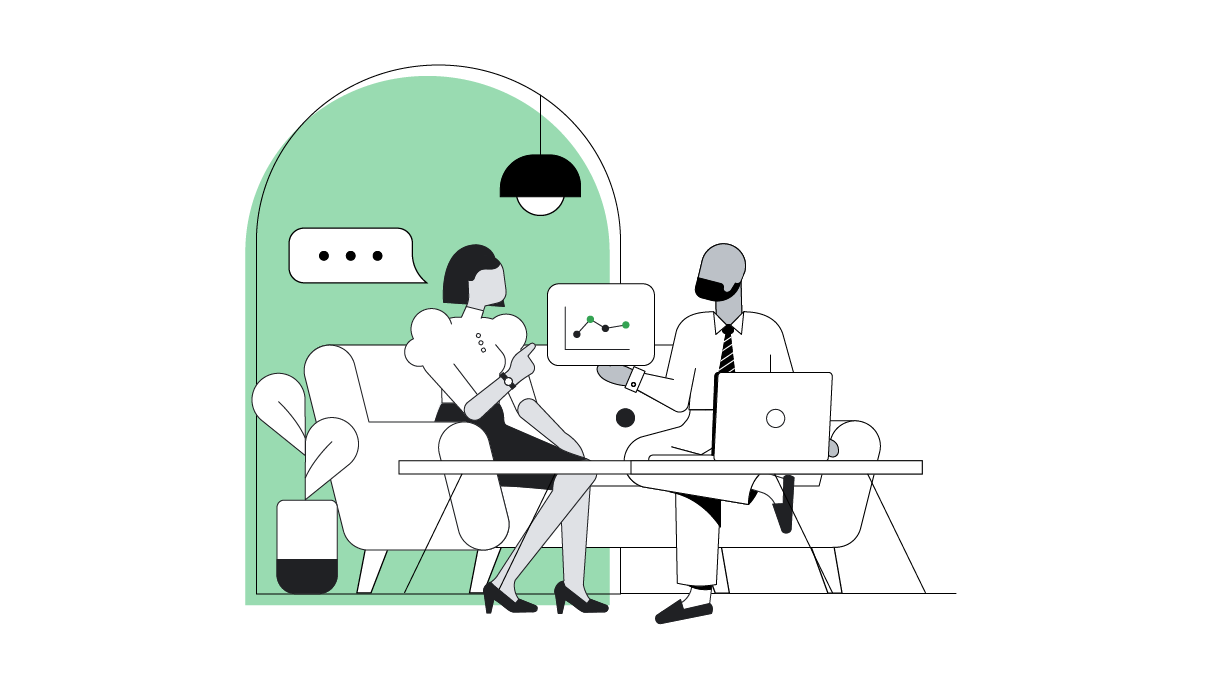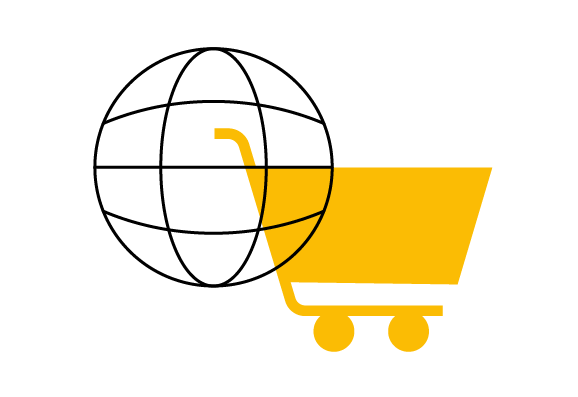For decades, the consumer packaged goods (CPG) industry was rooted in a traditional retail model, where customers would largely head to retail stores to purchase their favourite brands, and only sometimes visit websites. Then, in a matter of weeks, COVID-19 changed everything. Demand became unpredictable, with products like toilet paper, cleaning supplies and medications flying off shelves, and e-commerce became a lifeline.
This digital transformation didn’t just impact retailers — CPG brands have become more important than ever. Consumers are now online looking directly to brands to provide accurate information about products and a seamless purchase process.
In Canadian households right now, the majority of spending is going to everyday household goods, groceries and medicine,1 and over 20% of Canadians purchased a brand that was new to them during COVID-19 that they plan to continue to buy.2

With more people open to trying new products — and increasingly heading online to purchase them — CPG brands have an unprecedented new opportunity. Brands can use their owned-and-operated digital channels and partnerships with retailers to meet these new consumer trends right now, and for years to come. Here’s how.
Use your website to deliver helpfulness
People aren’t just looking for brands to provide products — they want information and clarity. Right now, Canadians are more invested in products that keep them and their families safe, while also seeking the easiest way to purchase them.
As products continue to trend, it can become harder at times to find accurate information online to the questions consumers are asking. CPG websites have become even more critical channels for the consumer, and play an important role in providing accurate information. In June, almost half (45%) of Canadians surveyed said they have discovered new brands through online resources during COVID-19.3 Use digital channels to not only tell brand stories, but provide up-to-date product information and connect customers to products.
Build an exceptional omnichannel and D2C experience
A holistic omnichannel strategy, incorporating direct-to-consumer (D2C) and retailer partnerships, can provide a frictionless online experience for customers and open up new revenue streams for CPG brands
Many Canadians are turning to e-commerce to do their shopping, heading to online retailers or brand-owned channels like websites and apps, when stores don't have their item in stock. Research shows 30% of Canadians said they went online to purchase products they would normally buy in-store for the first time in April.4

With 47% of Canadian smartphone users expecting to be able to make purchases on their phone from any brand that has a site or app,5 CPGs need to think omnichannel-first. This means building out their own D2C strategy, while establishing new partnership models with retailers and integrating each other’s data.
Some CPG companies have started testing new commercial models to make the P&L work. Unilever has opened The U Shop, a D2C food site, integrated with Google's Merchant Center and Shopify. The site features product bundles to help get around the low unit cost vs. higher shipping costs — a challenge for most CPGs.
Reach digital customers with first-party data and insights
A first-party data strategy is critical to learning about customers and delivering a personalized experience, which can result in a greater return from marketing investments.
Traditionally, CPGs have not owned a clear view of who their digital consumers are — those insights are owned by retailers. As the consumer journey becomes increasingly complex, the onus is now on CPG marketers to better understand who is looking for and buying their products to help deliver the best customer experience possible.
To enable this, CPGs need to deliver innovative value exchanges to drive consumer data acquisition. Many leading marketers are investing in content hubs and types of virtual engagement on their websites that help inform and improve the brand experience, and consumers in-turn are happy to share their information if they find it valuable. Lysol’s HERE for Healthy Schools website, with resources, educational games and family activities relating to healthy habits, is a great example of this.
Operating with a data-driven mindset will not only help measure impact now, but help inform future strategies.
With consumer behaviour constantly changing and new trends emerging, marketers can no longer plan 12 months ahead.
Adopt an agile approach to digital marketing
With consumer behaviour constantly changing and new trends emerging, marketers can no longer plan 12 months ahead. An agile approach allows marketers to change and optimize quickly. Tools like Google Trends, YouTube Trends and website analytics can help inform creative strategy, future product innovation, and even supply. As COVID-19 restrictions ease, marketers will have an opportunity to use real-time analytics to identify and heavy-up in markets with resurgent demand for product, and grow share.
Enhancing and building digital channels can help CPG companies meet consumer behaviour today, fuel broader innovation, and make more valuable decisions across all channels. By building a strong online experience, better understanding who customers are, and being more agile, CPGs will be well-positioned to reach customers in this digital moment.







